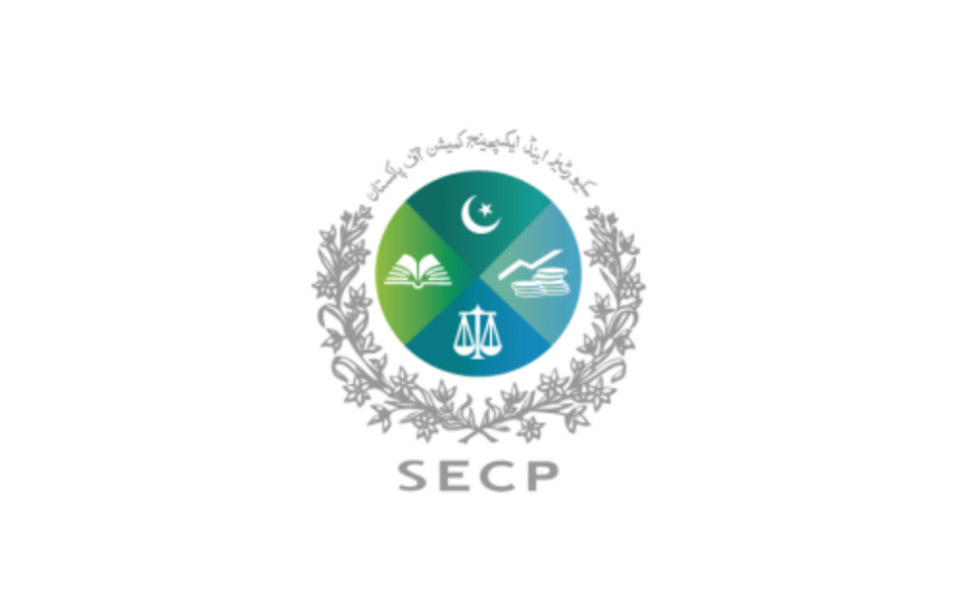Pakistan is facing formidable challenges in a number of areas which should be addressed to improves its future food security mainly have been poor governance and corruption.
Asian Development Bank in report called “at a glance, food insecurity in Asia” said that to improve its future food security, Pakistan is facing formidable challenges in a number of areas. In particular, it faces significant challenges of poor governance and severe corruption, lack of economic growth, and lack of security within the country and on the border.
Pakistan has to overcome these challenges in order to achieve durable societal development outcomes that are fundamental to achieving stable economic growth and in turn to improving its future food security.
Environment pollution and degradation present additional challenges for Pakistan to improve its future food security. Major environment issues include water pollution from raw sewage, industrial waste and agricultural runoff, rising deforestation, soil erosion, and desertification (CIA, The World Factbook).
The huge pressure resulting from population increase has also made the environment and resource problems worse. Between the 1970s and the 1980s, Pakistan experienced very high population growth (over 3% per annum). In the early 1990s, the growth rate dropped below 3% but was still above 2.5%. Since the early 2000s, despite its further decline, it was still above 1.8%, contributing to a significant increase in the total population each year (World Bank 2015).
How Pakistan coordinates the population growth to match its economic and environmental capacities requires serious attention from its government and the public. In addition, there has been a shortfall of investment in agriculture infrastructure and R&D, leading to limited innovation in the agriculture sector (Gera 2004).
Antiquated farming methods and the inefficient use of resources have contributed to poor productivity (Saleem 2012). The slow, or absence of, significant improvement in agricultural productivity is detrimental to the rural people, especially the rural poor.
Two-thirds of the country’s population and 80% of the poor population live in rural areas. The lack of development in agricultural infrastructure and advancement in farming methods has made agricultural production difficult and inefficient, aggravating poverty in rural areas. In the country’s mountainous areas, many rural residents still do not have adequate access to food and other essential services (Food Security Portal; Gera 2004).
In the foreseeable future, Pakistan is most likely to continue to be subject to considerable sociopolitical, economic, and environmental volatility. However, deep reforms and thus improvements in governance must first be carried out soon to unleash the country’s growth potential. Without substantial improvements in governance and reduction in corruption, decent economic growth is hard to anticipate and hunger and malnutrition will continue to prevail because of the misdistribution of resources and the lack of purchasing power among the poor.







